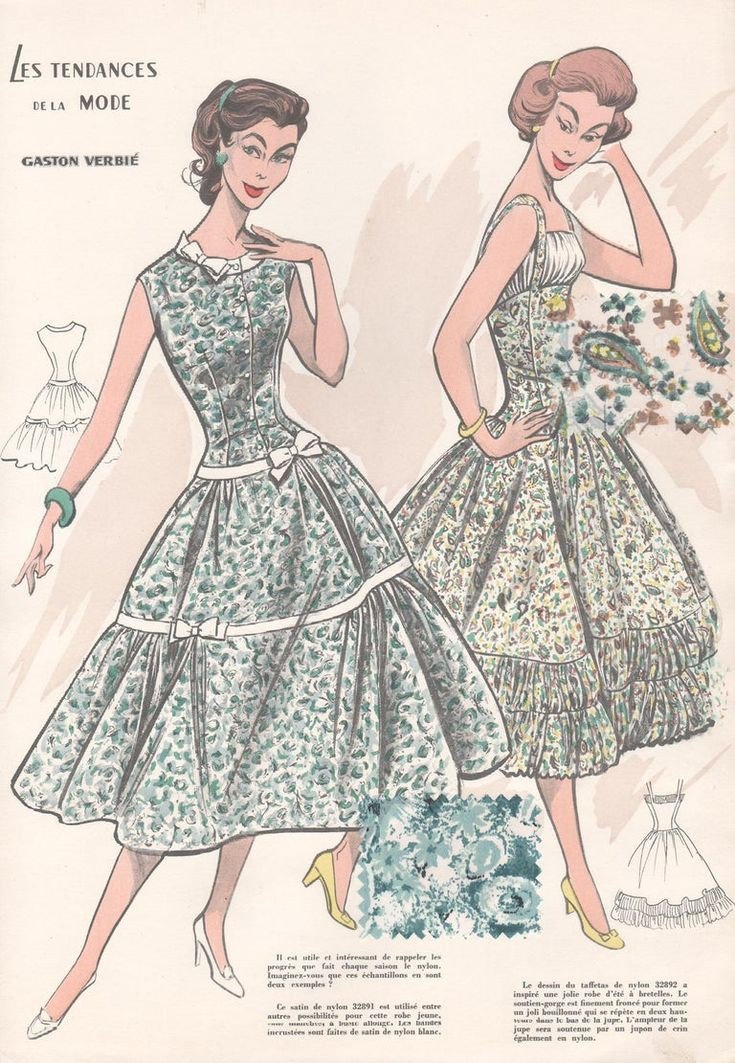French is normally used when talking about elegance, sophistication and creativity as far as fashion is Concerned. One of the many symbols inherent in French fashion is the monogram that can still be considered one of the most popular motifs of luxury and business. Over the past fifty years, French fashion monograms have changed as a part of the general tendencies within the sphere as well as due to the changes in the society. This article focuses on the complex process of the tradition of monograms in the fashion industry with the emphasis on the French House and its development during the decades.
The 1960s: The birth of fashion brands’ monograms and logos.
The Sixties are regarded as the key years in the development of the fashion industry. When the concept of ready to wear material began to grow further, various fashion houses were looking forward to introducing fashionable strategies for show casing and differentiating their products. In this decades monograms became a decisive branding instrument.
The early 1960 was marked by the arrival of some of the most recognizable monograms and one of them was of course the YSL logo by Yves Saint Laurent. Born in 1961, the “YSL” monogram which was designed by the graphic artist Cassandre captured a modern and chic identity. It turned to an icon of the brand’s postmodern take on fashion. The same applies to Louis Vuitton emblem, ‘’LV’’ logo was developed back in the 1880s, but rocketed during the period in inquiry. The letters ‘LV’ and their interconnection in a kind of flower symbol was a status emblem that pointed towards the quality of the product.
The 1970s and 1980s: Evolution and Experimentation
The era of the 1970s and 1980s was the years of change and growth in the sphere of fashion. They do not remain stagnant, just like any other aspect, and designers had to experiment with different types of monograms in terms of the materials used, the technique applied, and the general outlook they provided.
The CC logo of Chanel during this period was already brought back to life. Arguably, it started with Coco Chanel, the high fashion icon that gave the world sophisticated differentiation with the interlocking “CC” symbols. Specifically, the monogram was placed on numerous accessories like handbags, jewelry, and it reflected the fabulous and elegant image of the brand.
Designers also started to shift the position of the monograms and their incorporation into various textile designs and other products as well. For instance, the abbreviation “CD” belonging to Christian Dior was well implemented within the styles and sort of accessories such as handbags, scarves, and belts. During this period, sophisticated artisanship enclosed tried trends, making monograms a core of luxury and common-use apparels.
The 1990s: Simplicity and Interpretation
The fashion industry of the 90s was characterized by minimalism and this was evident from most of the designs. This change was evident in the elaboration of monograms where many of the changes involved became more refined and became part of the overall design.
Other firms such as Hermès and Dior had to alter their logos for the new simplicity of luxury look. For example, when it came to branding, only the company’s initial ‘H’ was easily identifiable in the products; belt buckles, ties, scarves, which were incorporated into the outfit in an unobtrusive manner. The emphasis was made on achieving the image of the elegant and classic product, where the logo of the company was not highlighted.
While accompanying designers created their logos, such as CDs from Dior, they appeared in the decor of accessories and clothing. This enabled the monogram to harmonize with the design and not overwhelm the clothes, which always appealed to a class of consumers that admired discretion in affluence.
The 2000s: Immediacy and Worldwide Impact
The turn of the century, especially in the 2000s was characterized by the digital revolution greatly influencing the fashion world. The monograms became more popular than ever through the help of digital media, especially social media, and virtual shopping.
About monograms, fashion houses applied these logos in the digital marketing strategies of the fashion industry, so that these signs became familiar to a worldwide audience. France shows how the “GG” monogram of Gucci, while Italian, affected French brands, which consequently have developed new evolutionary monogram concepts for the digital age consumer. French fashion houses on the other hand improved the visibility of the monogram in advertisements, social media platforms and e-shops.

For instance, Louis Vuitton used their “LV” emblem and released products through digital media that narrated the company’s history and exquisite artisanship. As for the advertising campaigns, one of the directions to develop the monogram was the works with artists and influencers, who supported the rebranding in the context of the younger generation applying high technologies
The 2010s to Present: CONGRUENCES: Sustainability and Innovation
The topic of sustainability has emerged as one of the critical issues of focus in the context of the fashion business. The traditional fashion logo is still prominent in the present fashion, but the fashion houses of France have given it a green touch.
Fashion houses such as Louis Vuitton and Hermès have subsequently brought out ranges made from recycled materials yet bearing their recognisable logos. These initiatives are but among the attempts to minimize the consequences of fashion production to the environment and insisting on the importance of consuming also responsibly.
Today’s period also features convention and progression. Rich and complex writing, engraving and other applications are used in exclusives and freehand accessories that are made through new techniques such as 3D printing. Also, fashion collaborations with modern artists and designers result in limited edition Monogram products that are targeted at the young consumers who are more fashion conscious.
For example, Louis Vuitton teamed up with modern art Jeff Koons, in which six handbags with reference to the LV emblem and reproductions of the well-known paintings. Such an approach was more than the revival of the monogram: it triggered discussions among collectors and those interested in fashion.
Conclusion
The story of the four letters of hard luxurious collection companies from France is the myth of branding and design since 1962. But, all these symbols have taken change, and they deserve this as the subject matter has to do with fashion. Whether it is a stylish emblem from the provocative 1960s’ design or an environmentally friendly invention of the present days, French fashion monograms are alluring and remain symbols of timeless elegance that they are today.
Thus, the analysis shows that the trend in French clothing will be continued concerning the use of monograms in the future. That is why their adaptability to the new conditions does not mean that they forget about the roots of the brand and the principles it operates. Whether through such HMI technological advances as digital innovation and the battle to make fashion sustainable, or through the creative collaborations with artists, French fashion monograms will continue in the future to advance and dictate the industry.



